April 21, 2025 | 20:08 GMT +7
April 21, 2025 | 20:08 GMT +7
Hotline: 0913.378.918
April 21, 2025 | 20:08 GMT +7
Hotline: 0913.378.918

Deputy Minister of Agriculture and Rural Development Phung Duc Tien and Mr. Xu Xianhui, a representative of the Government of the Guangxi Zhuang Autonomous Region signed a Memorandum of Cooperation on agriculture. Photo: Huy Toan.
The signing ceremony took place during Prime Minister Pham Minh Chinh's 16-17 September visit to China to attend the 20th China-ASEAN Expo (CAEXPO) and the China-ASEAN Business and Investment Summit (CABIS).
The Guangxi Zhuang Autonomous Region Government (China) and the Ministry of Agriculture and Rural Development of Vietnam exchanged and agreed upon the provisions of the Memorandum of Understanding (MoU) on agricultural cooperation on September 16.
The purpose of the ceremony is to actualize the common understanding outlined in the "Vietnam – China Joint Statement on Continually Accelerated and Deepened Vietnam-China Comprehensive Strategic Cooperative Partnership" by 2022. This includes applying practical measures to reduce their trade imbalance and increase exports and imports of high-quality farm produce and food products from both countries; promoting bilateral supply chains on high-quality agricultural foods serving exports of the two countries; and deepening cooperation and investment in agriculture in the spirit of friendship, cooperation, mutual benefit, and consultation in order to achieve win-win results.
According to the MoU, the two parties will work together to strengthen cooperation within their respective functions and authorities, on the basis of friendly cooperation for mutual benefit and mutual results, as well as compliance with each country's laws and international treaties to which the two countries are parties. This Cooperation MOU does not create, alter, or terminate each party's rights and obligations under international law.
Regarding the objectives of the cooperation, the parties agreed to promote and develop agricultural and rural development partnerships as well as agricultural trade and investment. Aiming to attain the proposed objectives within the next three years, including sustainable growth in agricultural and aquatic trade and agricultural investment between the two nations. With the participation of businesses from both nations, forming and developing ingeniously cross-border agricultural supply chains. Cooperation in agriculture and rural development yields substantial results.
1. Strengthening exchange and cooperation in the technical cultivation of modern agriculture in plants and livestock; expanding cooperation in cross-border production and agricultural processing, such as in the sugar cane industry; and constructing a "cross-border livestock farming - slaughtering - processing complex of livestock and poultry" in the border region between China and Vietnam.
2. Enhancing the display and encouragement of good plant and livestock seedlings, and promoting the establishment and quality upgrade of the China (Guangxi) – Vietnam testing station for good agricultural plant seedlings.
3. Promoting cooperation in research, implementation, and facilitation of agricultural machine and equipment adoption, encouraging exchange and agricultural machine application in mountainous regions, and enhancing bilateral commerce and exchange of agricultural machinery.
4. Coordinating to elevate quality and safety supervision levels of agro-forestry-fishery products, strengthen regulation of agricultural inputs, and control the quality of agricultural and aquatic products at source.
5. Cooperation in the fields of animal disease control and prevention, crop pest forecasting, control, and prevention, research on technical exchange mechanisms, and coordination in plant disease prevention and control planting and livestock; cooperation in the construction of animal disease-free zones or biosecurity quarantine zones and high-yield cultivation areas to protect agricultural production. Provide supplies and equipment to enhance the capacity to prevent and manage animal and plant diseases in border regions.
6. Strengthen scientific and technical exchange in agriculture, promote cooperation between research agencies and businesses, and promote technology transfer and scientific and technological research accomplishments.
7. Strengthening training, deepening cooperation in agricultural training, and expanding exchange and cooperation between agricultural schools on both sides, including Guangxi Agricultural Vocational Technical University, Vietnam National University of Agriculture, Thuy Loi University (or the University of Water Resources), Vietnam National University of Forestry, Bac Giang Agriculture and Forestry University, and other agricultural vocational colleges.
Organizing training courses to exchange multiple forms of agricultural technology and cultivation expertise, including winter shrimp farm technology and cold water fish farming, dairy farming techniques, Australian chestnuts experience and production techniques, tea, herbs (cinnamon, anise), bananas, grapes, apples, and temperate vegetables, as well as sustainable farming techniques on sloping land in China; exchanging experiences on food safety risk analysis, animal and plant health, and sustainable farming techniques on sloping land in China; and exchanging experiences on food safety risk analysis, animal and plant health management, pest monitoring and market development.
8. The two parties concur to continue fisheries cooperation in the Gulf of Tonkin via technical coordination in fish stocking and aquaculture; and coordinate to promote the sustainable development of fisheries in the Gulf of Tonkin.
9. Examining cooperation mechanisms in emergency response to forest fires and wildlife trafficking.
10. Strengthen connections with competent units on both sides in order to proactively promote procedures related to bilateral export of agricultural products at the local and departmental levels, such as China's fish export to Vietnam and exports of coconuts, lychees, grapefruit, seafood, and other Vietnamese agricultural products to China.
11. Upgrade and improve border gate infrastructure to effectively serve China-Vietnam cross-border agricultural, forestry, and fishery trade; Provide timely information on the volume of customs clearance for agricultural, forestry, and fishery products as well as other information in the event of border gate congestion or the risk of border gate congestion.
12. Investigate the formation of a commission specializing in monitoring imported and exported animals and plants/animal and plant products, based on conditions and demands at the two countries' borders, and promote corresponding agricultural and aquatic trade.
13. Coordinate with authorities to promote the construction of smart border gates and implement appropriate technology to enhance customs clearance capabilities.
14. At the local and departmental levels, promote a mechanism to verify the issuance of quarantine certificates for seafood and food exports to China, and establish additional agreements on inspection and quarantine procedures for the import and export of produce between China and Vietnam. Implementing AEO (Accredited Economic Operator) certification for importers and exporters of fruit and other agricultural products.
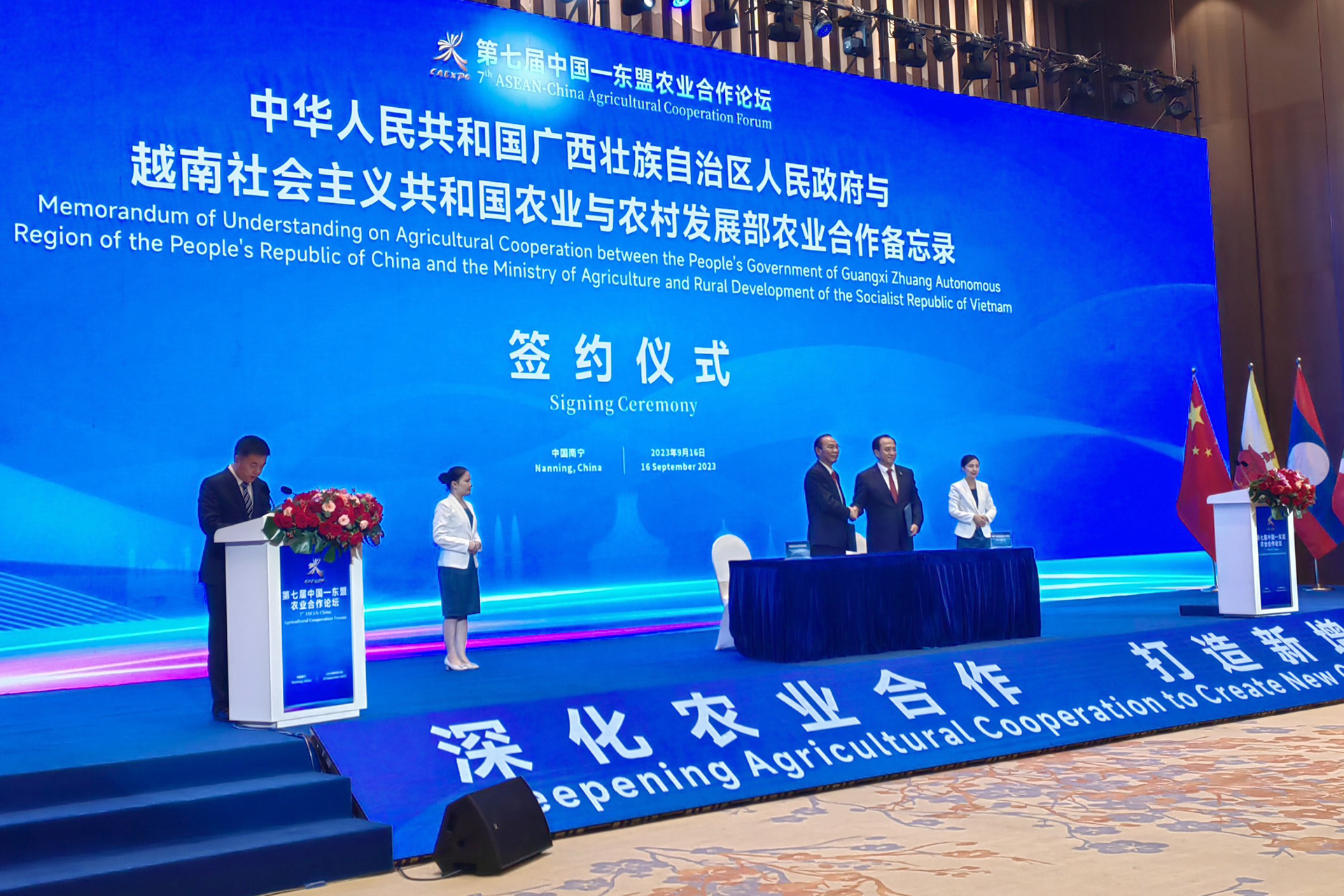
The signing ceremony took place within the framework of Prime Minister Pham Minh Chinh's trip to Nanning (China) from September 16 - 17. Photo: Huy Toan.
15. Actively promote agricultural and aquatic exports between China (Guangxi) and Vietnam, organize agricultural trade events and agricultural investment, and organize businesses to participate in economic and trade exchange activities between China (Guangxi) and Vietnam, such as the China-ASEAN Expo and product display activities.
16. Commit to exchanging agricultural and fishery trade cooperation principles, regulations, management, and other legal aspects. Promote mutual recognition of agricultural and aquatic standards and develop bilateral commerce in agricultural and aquatic products of superior quality.
17. Create favorable conditions to encourage and promote agricultural enterprise cooperation between the two countries. Develop cross-border supply chains and industry chains that are mutually beneficial to increase agricultural trade and investment.
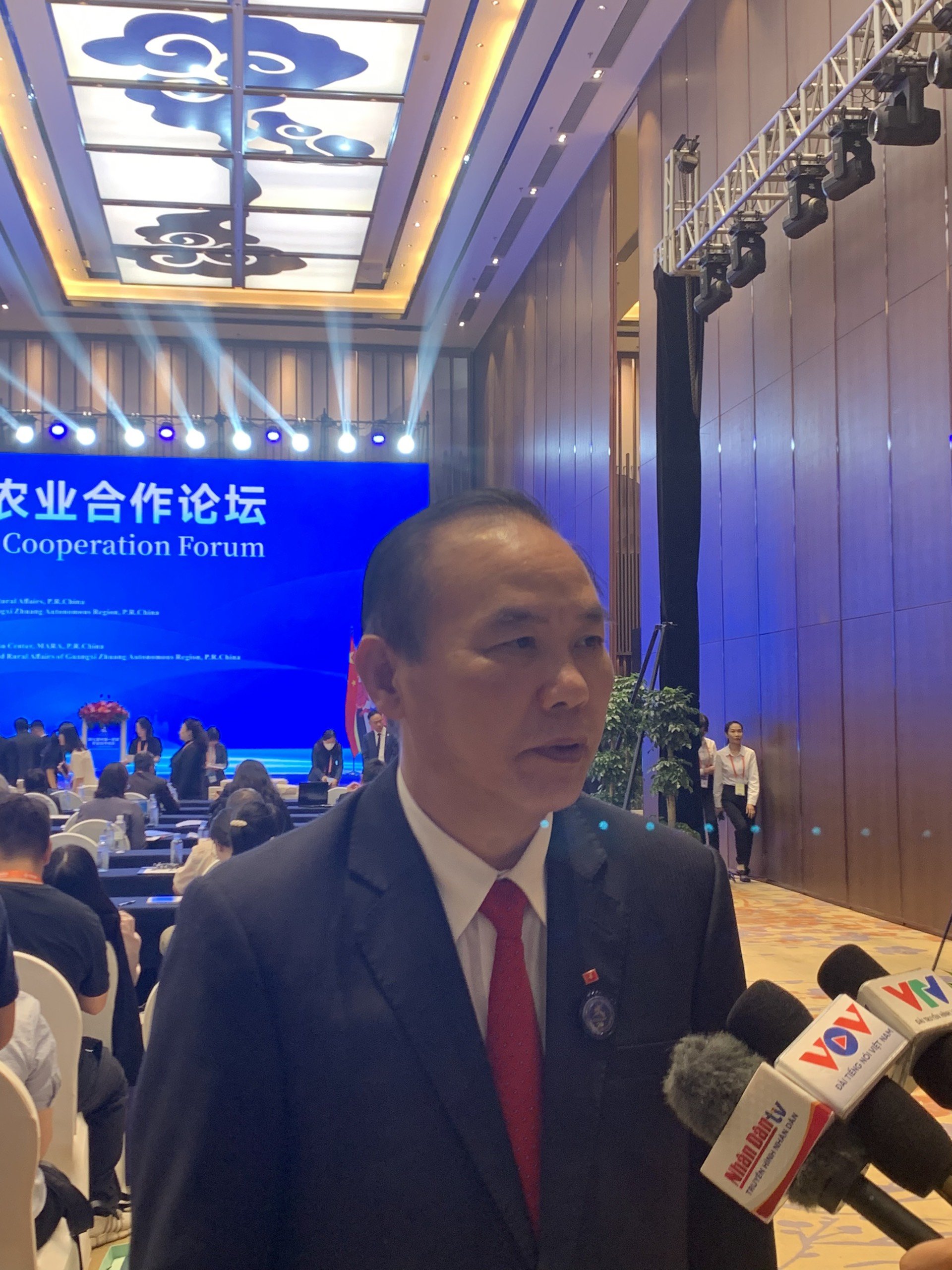
The Deputy Minister speaking in an interview with the media after the signing ceremony of the Memorandum of Understanding on cooperation in agriculture.
18. Cooperation in agriculture between China (Guangxi) and Vietnam, involves the formation of an exchange mechanism to service enterprises and the market, and the exploitation and development of a novel modeling method for agricultural business exchange.
19. Sending working delegations to each other to communicate and exchange information on cooperation issues on a regular basis, thereby facilitating a seamless bilateral cooperation process.
20. Provide pertinent policy information, including new policy updates, with a focus on measures to manage bilateral agricultural trade, standards, and commodity specifications.
21. Increasing exchange of trade and investment information, providing information on demands for investment, trade promotion, and market developments.
The Department of Agriculture and Rural Area of Guangxi Zhuang Autonomous Region in China and the Department of Quality, Processing, and Market Development (Ministry of Agriculture and Rural Development) are the two parties' focal points for implementing the agricultural cooperation MOU.
Based on actual needs, the two parties will meet once a year, alternating between in-person and online meetings, to evaluate the implementation of this Memorandum of Cooperation, exchange information and comments on cooperation topics of mutual interest, and coordinate the resolution of any issues that arise in the course of their cooperation.
Translated by Linh Linh

(VAN) The Central Veterinary Diagnosis Center (Department of Livestock Production and Animal Health) has proposed tightening the mechanisms for monitoring and ensuring transparency in the testing information provided by private laboratories.
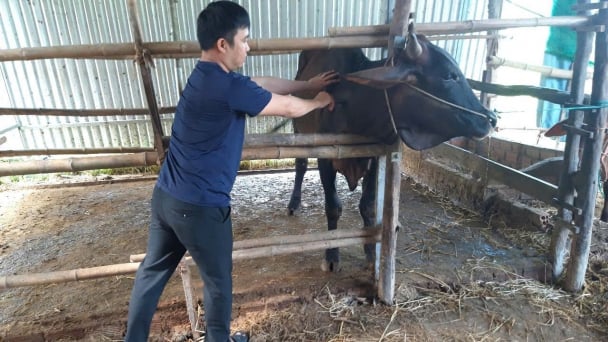
(VAN) Not only does vaccination protect livestock against dangerous diseases, but it also brings sustainable economic benefits to farmers.
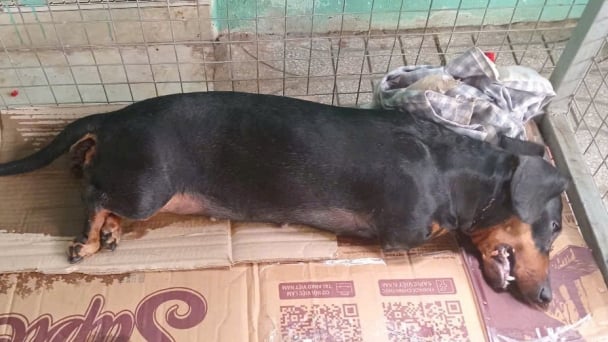
(VAN) Since the beginning of the year, Dong Nai has recorded 8 rabies outbreaks, resulting in 2 deaths due to unvaccinated dogs being let loose on the streets.
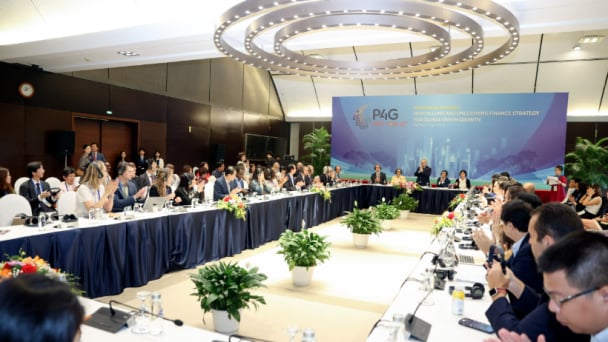
(VAN) Green finance needs to undergo global reform to ensure capital flows to the right places, at the right time, and supports a just green transition.
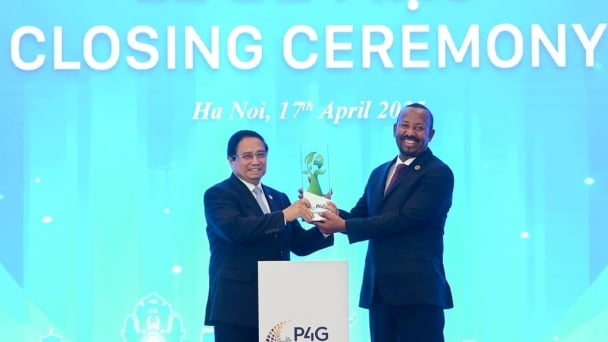
(VAN) On the afternoon of April 17, Prime Minister Pham Minh Chinh chaired the closing ceremony of the P4G Vietnam Summit 2025, with the theme 'Sustainable and People-Centered Green Transformation.'

(VAN) Vietnam and Singapore are poised to sign the Paris Agreement and collaborate on implementing large-scale renewable energy projects that are mutually beneficial.
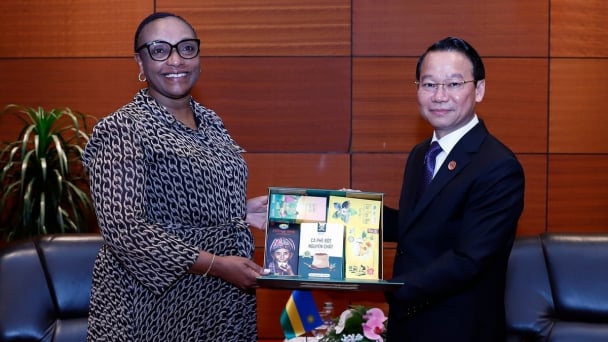
(VAN) Vietnam and Rwanda agreed to promote agricultural and environmental cooperation towards green growth and sustainable development in the new period.